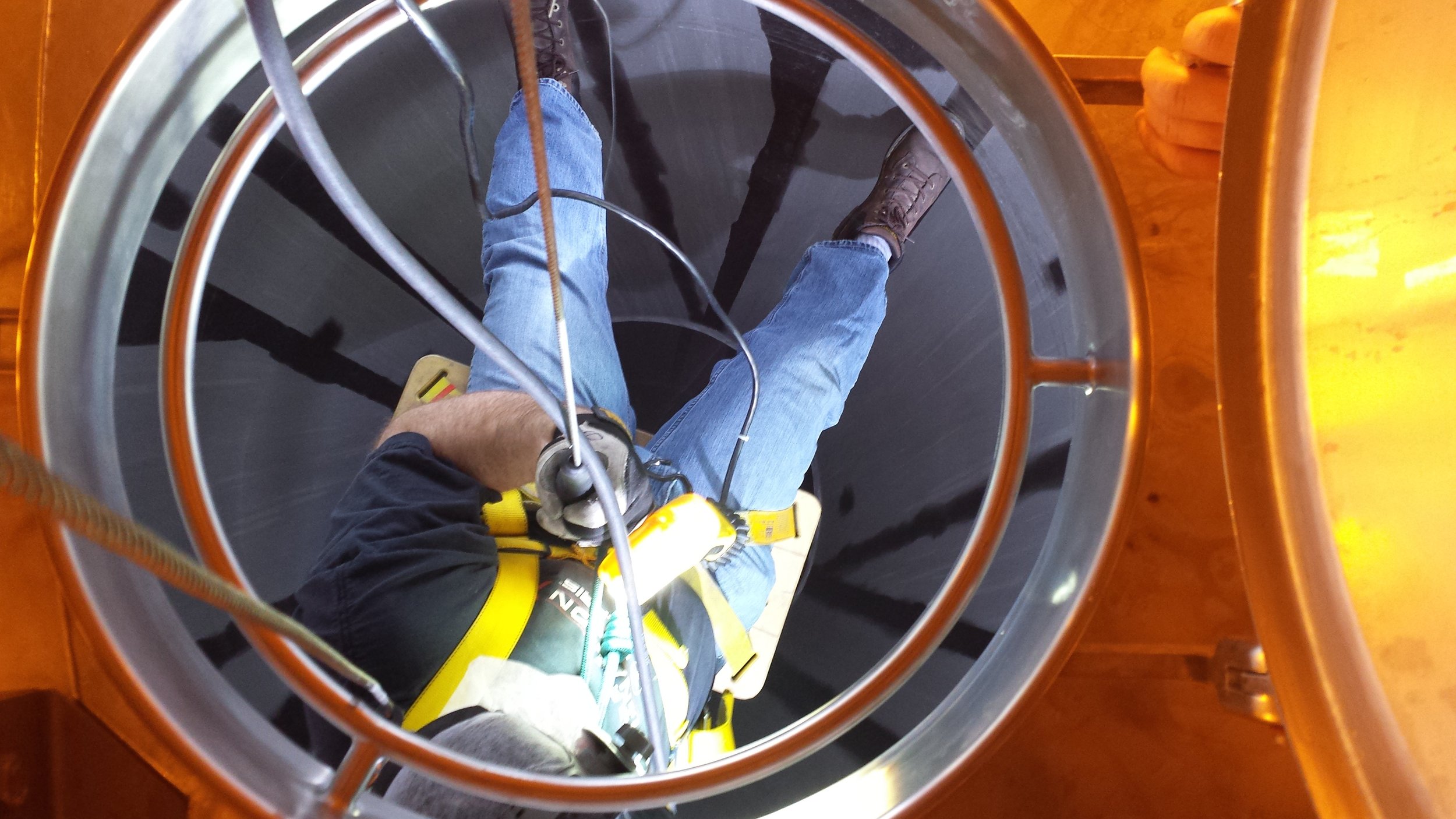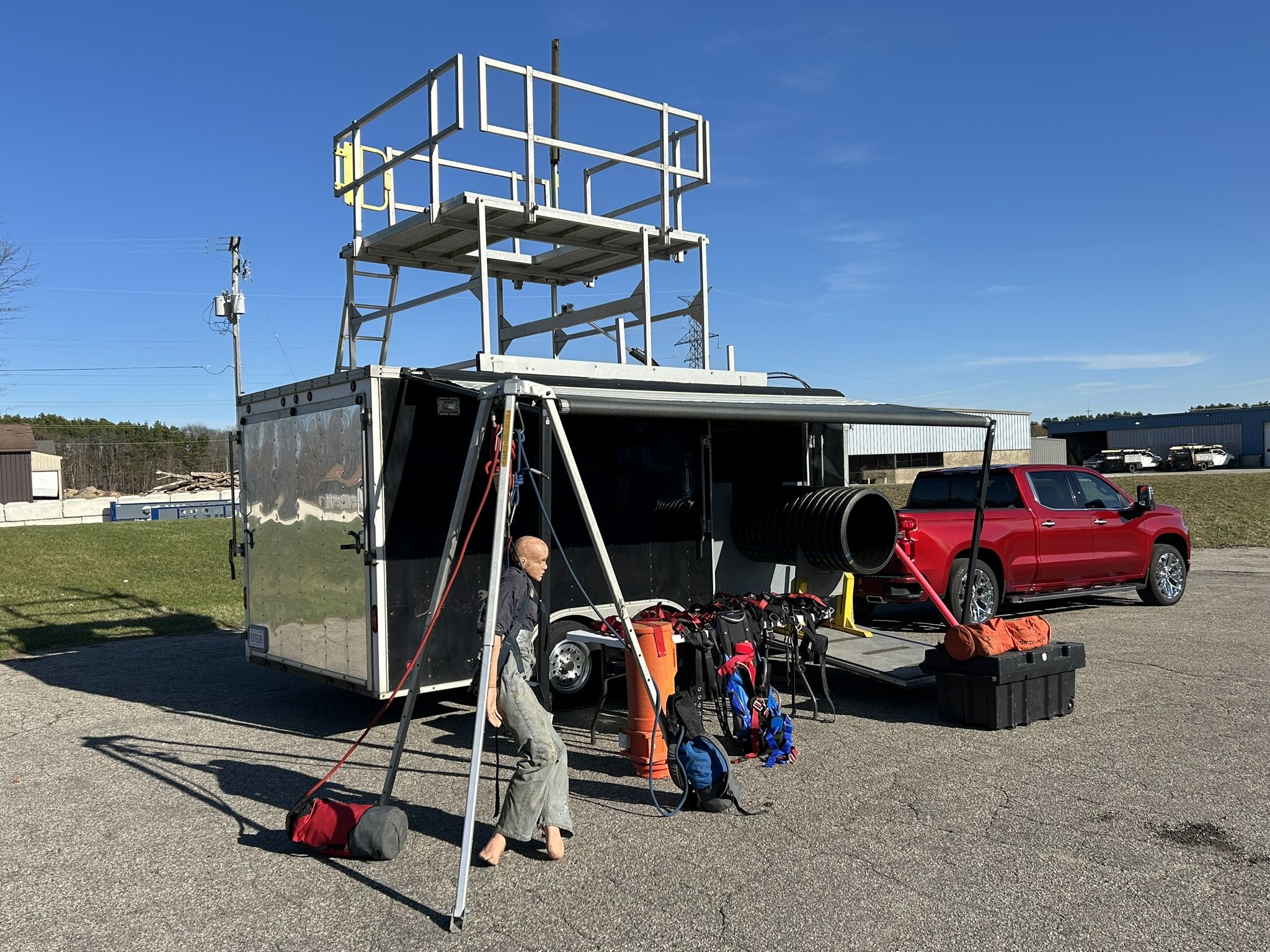
1910 Confined Space Training
Safety is more than just compliance
Permit Required Confined Spaces
The Occupational Safety and Health Administration (OSHA) established regulation 29 CFR 1910.146 to set the benchmark for best practices and procedures, safeguarding employees against potential hazards inherent to confined spaces. These stringent guidelines are meant to ensure that every worker can perform their duties without fear for their safety.
At 1910 Confined Space Training, we pride ourselves on exceeding these foundational standards. For us, mere compliance with regulations is not the endpoint; it's the starting line. Our primary objective is ensuring unparalleled safety, always placing the well-being of our trainees and their teams above all else.
Permit-Required Confined Space Rescue Training
-

Ensure your team's safety in permit-required confined spaces with 1910 Confined Space Training, tailored to your facility's unique needs. Beyond meeting OSHA standards, we offer specialized courses and assistance with permitting programs. Discover why our approach to safety goes beyond mere compliance.
-

Boost your team's expertise in 'Permit Required Confined Spaces' with 1910’s tailored OSHA-certified training. From basic roles to High Angle Rescue, we focus on specialized safety and rescue plans. Elevate your edge in the industry—discover how.
-

City municipalities face diverse permit-required confined spaces, from sewers to water facilities. With 1910 Confined Space Training, ensure the utmost safety of personnel, even potentially declassifying spaces under OSHA standards. Learn the power of proper documentation and safe procedures with us. Dive in to elevate safety standards.
Training Simulator
Mobile confined space simulator with Hydraulically elevated platform. Able to do both horizontal and vertical entry. Cameras and monitors for class attendees to view when not participating in the scenario. Hazards such as theatrical smoke, alarms, and strobe lights can be added.


